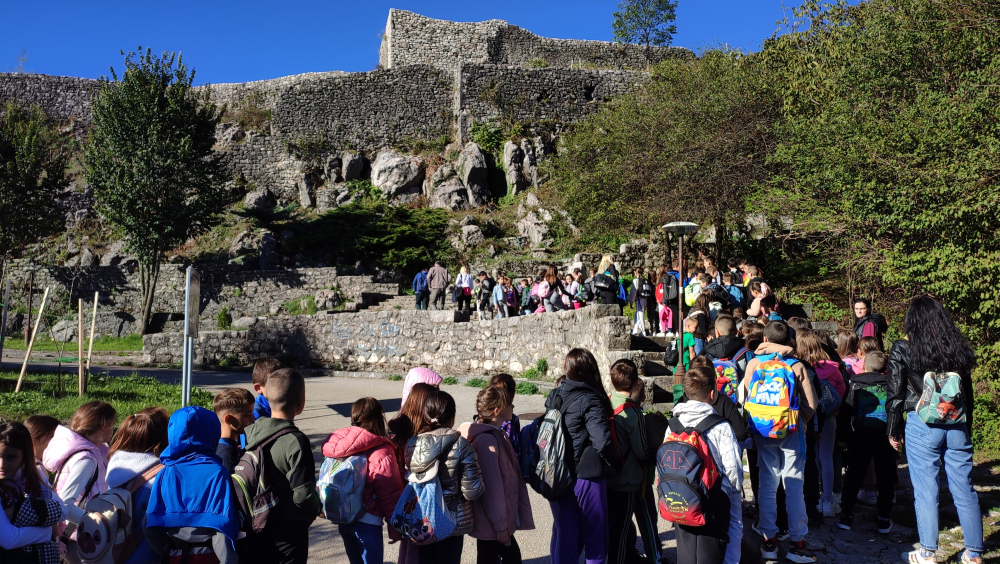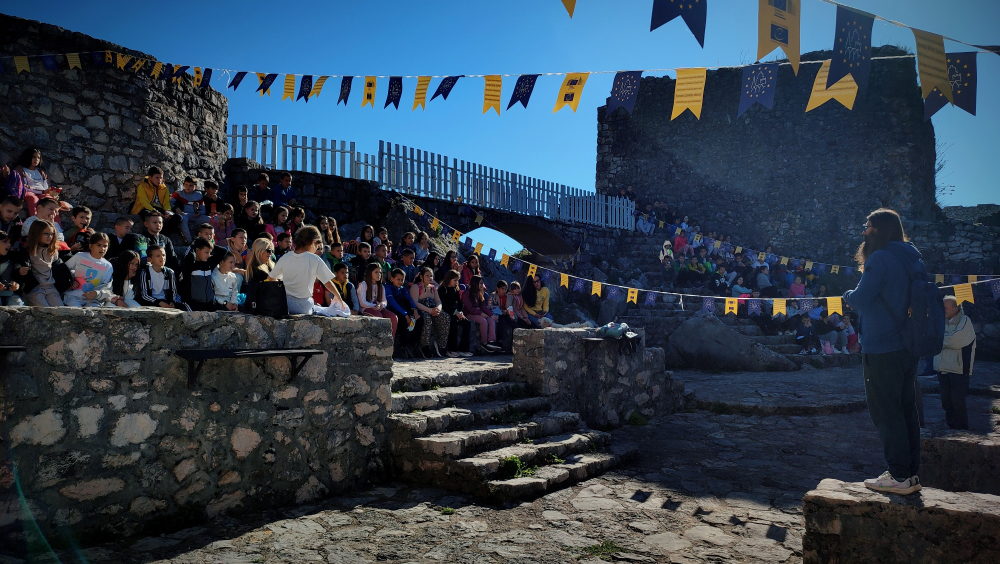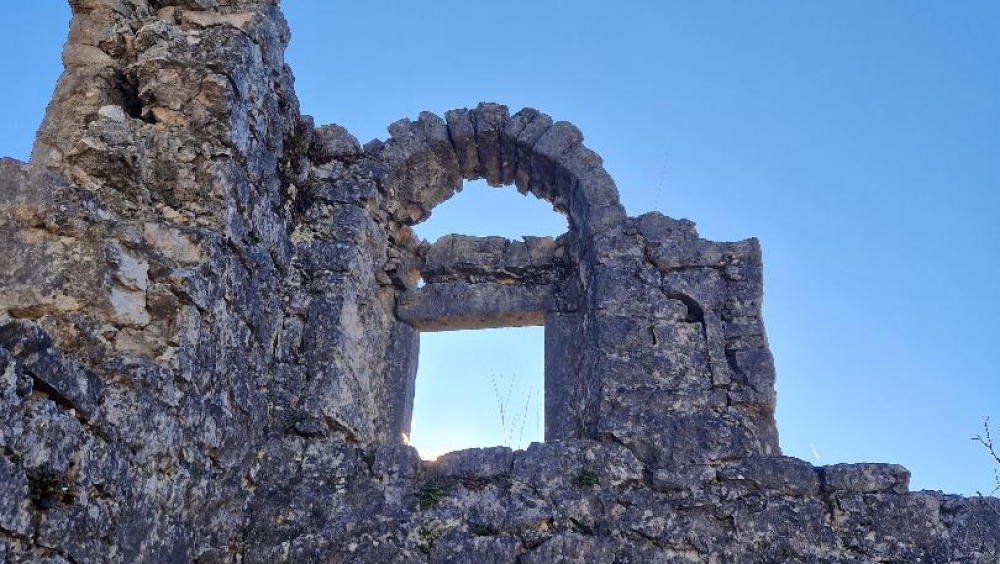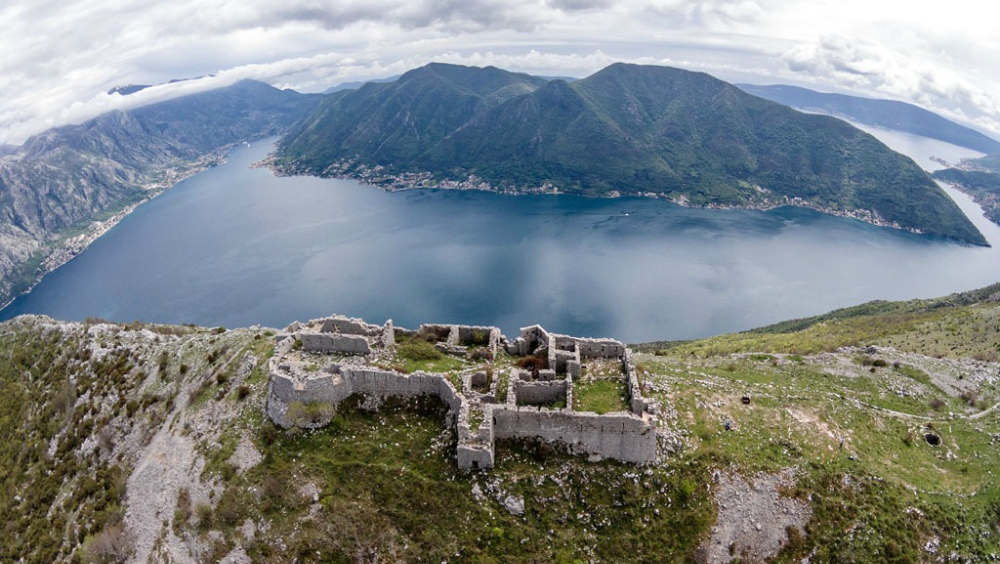Enthusiastically, let's revive the abandoned historical architectural heritage all over Europe!
Welcome to Bedem festival - With enthusiasm, let's revive the abandoned historical architectural heritage throughout Europe!
This story aims to motivate relevant actors throughout Europe to, encouraged by successful examples of individuals who enthusiastically animate communities by implementing projects, start the regeneration of architectural heritage themselves. There are numerous abandoned historical buildings with excellent potential for revival by returning social, cultural, economic and ecological life to those forgotten spaces. The city of Nikšić in the state of Montenegro can boast an example of the proven commitment of one man who started the "Bedem Fest" festival in 2010, which takes place at the forgotten fortress, with the aim of raising awareness of its value, the need to preserve it for current and future generations, spreading knowledge about the possibilities and finding valuable solutions for a sustainable management dialogue.It represents a platform that brings together art, music, tourism, young people, people with disabilities, all generations of visitors, partners, green initiatives. The symbol of Bedem Fest becomes a persistent struggle for future projects of preservation, valorization and promotion of abandoned buildings of architectural heritage with the recognized or not status of heritage assets throughout Europe, which represent masterpieces of architecture. We point out that there is risk that they will be irretrievably lost if measures are not taken soon to preserve and restore them. The best way to protect a building is to have something going on in it, even if it is used occasionally or partially. Stories, memories, former pride and historical lessons associated with historical places are the source of urban development and European identity and can be revived, interpreted and transformed into new life as hubs for cultural renewal, incubators of social capital and experimental playgrounds for new development. This is why public support is crucial (direction, management, financing...).
The report Cultural Heritage Matters for Europe (2015) emphasizes the need for an integrated approach in which the social, cultural, environmental and economic impacts of heritage are thoroughly intertwined. In accordance with the Faro Convention, the recognition of heritage is conceived as a shared responsibility: heritage is no longer limited to those elements that have been officially recognized as such by national authorities - protected heritage -, but now includes those elements that the local population and local authorities perceive as heritage. The preservation and reuse of cultural heritage requires the involvement of several actors from different sectors: public, private and non-governmental sectors, individual enthusiasts. Historical buildings are the trademark of many European cities, towns and villages. The area of Montenegro, especially the area of its coast, during the period of 2,500 years, always represented a challenge for invaders in the establishment of commercial, military, religious and cultural interests - Illyrians, Greeks, Romans, Byzantium, medieval states, Venice, France, Austria, Yugoslavia. In terms of construction, they all added to and reconstructed the fortifications from the previous era. So was Venice, as a strong naval power on the Adriatic all the way to Crete, already from the 14th century. defined its fortifications mainly through the reconstruction of existing fortifications - medieval or Ottoman. The heritage of fortresses makes our cities special. They are a living symbol of the rich European heritage and reflect the identity of the society. Like fortresses and buildings in Montenegro, for various reasons (economic, social, historical...) most European cities are characterized by the need to preserve and revive numerous unused objects that are or are not part of the cultural heritage, and which have marked the history and life of the local community in different ways and continue to represent an important part of the European cultural identity. When historic buildings are left vacant, there is a significantly greater risk of damage and deterioration. Heritage buildings have been and will be restored across Europe as areas for commerce, business and services, such as museums, cultural sites and meeting places, kindergartens and youth clubs. The reuse of historic buildings requires an interdisciplinary approach involving multiple players, not only to initiate and implement protection but also to maintain (reuse) the site. With this work, we draw the attention of the public by encouraging dialogue between relevant actors about the need to establish innovative and sustainable models of management and reuse of abandoned fortresses and buildings of architectural disrepair in order to give these historical sites added value. How can we unleash the hidden potential of architectural heritage with the aim of improving people's quality of life and at the same time create new opportunities? Historic buildings have strongly shaped and characterized European urban and rural areas. Perhaps different than on most other continents, the European landscape has historically grown, building on structures and localities that have been passed down from generation to generation over the centuries, adapting to changing social, economic, cultural or political circumstances, as well as people's needs and desires. The architectural heritage is a common good, handed down from previous generations as a legacy to those who come, and is a key feature of Europe. The phenomenon in which urban development is determined by the acquired military function and importance can be illustrated by the example of Nikšić. The planned formation and development of Nikšić is related to historical events at the end of the 17th century, when, after the Peace of Karlovac and the loss of part of the Boka Kotorska, the Ottoman state decided to erect and organize new border fortifications to protect the borders. In anticipation of the fall of Novi and Risno, at the end of the 17th century, the construction of Onogošt - Nikšić was begun, which soon became the largest and most important Ottoman stronghold in Herzegovina. The organs of the Ottoman authorities and the judiciary from Herceg Novi moved to Nikšić and it takes over the previous function of Herceg Novi. In Ottoman documents from 1712, it was designated as kala and kasaba, as the seat of the nahija, kadiluk (Novska-Bekija) and captaincy. In terms of structure and organization, the Nikšić fortress consisted of the lower town (in the plain) - the remains of the late antique (Gothic) castrum and the upper town (partly on a stone hill). Later medieval and Ottoman additions refer to the upper part, which as a whole was fortified by itself. Originally a Gothic castrum, it consisted of an octagonal tower and a quadrangular tower, and basically a part of the ramparts of late antique origin. The upper zones of this rampart and the projecting northern part have a medieval origin. The Nebojša Tower is an Ottoman extension made of fully processed blocks. As the last architectural layer, also Ottoman additions, there are also certain parts of the ramparts of the upper part of the fortification, made in the same manner as the aforementioned tower. In 1877, the English archaeologist Arthur Evans visited the liberated Nikšić and based on the construction of the walls and the general plan of the fortification, which was in the form of a quadrilateral with towers at the corners and in the middle of the ramparts, which is characteristic of Roman fortifications, he came to the conclusion that the old town of Onogošt was built in the 3rd or 4th century and that it was built by the Romans. Unlike him, historians Konstantin Jiřiček and Milan Šuflaj believed that Onogošt was a century "younger", that it was built by the Goths at the end of the 5th or the beginning of the 6th century, and that the city was named after the Gothic general Anagast, who is mentioned in historical sources from the year 469. Did you know that Nikšić is the first city in Montenegro that had its own urban plan? He got it thanks to the engineer Josip Slade, who made the plan by order of the Montenegrin king, Nikola I.
Historic buildings have strongly shaped and characterized European urban and rural areas. Perhaps different than on most other continents, the European landscape has historically grown, building on structures and localities that have been passed down from generation to generation over the centuries, adapting to changing social, economic, cultural or political circumstances, as well as people's needs and desires. The architectural heritage is a common good, handed down from previous generations as a legacy to those who come, and is a key feature of Europe. Due to its unique wealth and diversity, it is a fundamental factor of European identity and attractiveness of the continent. According to the Communication of the Commission "Towards an Integrated Approach to Cultural Heritage in Europe" (2014), cultural heritage is a shared resource and common good that is vulnerable to insufficient funding, which can result in neglect, deterioration and, in some cases, oblivion. Therefore, taking care of our heritage is our shared responsibility. European cultural heritage embodies our history and identity - the soul of our continent. Moreover - it has huge economic and social potential and can help us increase employment and intensify business in key sectors, while solving some of the most important social challenges of our time. According to the Council of Europe's Strategy for European Cultural Heritage for the 21st Century (2017), there is an urgent need for society as a whole, state authorities and communities that are guardians of heritage, to position cultural heritage policy in such a way as to put it at the center of an integrated approach aimed at preserving, protecting and promoting heritage so that it can be understood by everyone, from those at the center of the process to those on the periphery, and can develop a sense of responsibility towards it.



